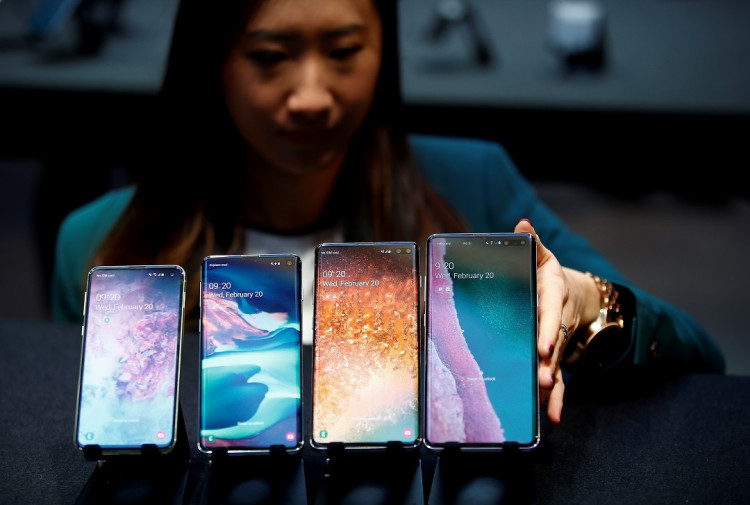Among the banner features to debut with the Samsung Galaxy S11 is supposedly an enhanced security feature by way of the device's front-facing camera. So it makes sense that the latest rumors on the handset touch on a camera module with a 3D facial recognition system that fully supports the introduction of such functionality.
The feature seemed impossible when basing on the recently leaked renders of the Galaxy S11 Plus, which suggested the handset will come with a full-screen display with only the camera sensor breaking the front expanse. A punch-hole cutout is a tiny window for this sensor, and it seemed impossible that face scanning can be accommodated through that dot.
In fact, the S11 cutout is noticeably smaller than that of the Galaxy S10 but a solution has been found by Samsung engineers, according to WCCFTech.
Purportedly for the Galaxy S11 Plus model, the front camera will be equipped with a Time Of Flight (ToF) sensor that "will make 3D facial recognition possible on the phone without the need of an additional cutout or a notch full of sensors."
The system to be used is touted at par with the one found on Apple's iPhone 11, and the ToF module will be sourced from Sony, the report added.
It should be noted that face scanning is only one of the biometric features the Galaxy S11 is laced with. Samsung has already confirmed the new device will release with an in-display fingerprint reader technology provided by Qualcomm, which is expected to be a significant jump from the system that was used with the S10.
Now 3D face scanning on a punch-hole cutout seemed a confirmation of the Galaxy S11 display recently leaked by prolific tipster Ice Universe and picked up by Forbes.
In the images posted on social media, the handset display is tipped to sport a stunning front display, "which essentially has no bezels at all."
The size of the punch-hole has been reduced considerably from the last version and is located at the center top portion of the device, an approach that the report lauded as more aesthetic and practical at the same time.
Practical in the sense that the use of a small punch-hole eliminated the need for a pop-up camera mechanism, which should prove more durable over the long haul.
To make the S11 incredibly more exciting, it was suggested that a 120Hz refresh rate would be included in the package plus a larger battery for longer operating hours.
The release date of the Samsung Galaxy S11 is thought to be in early March 2020 but not before the scheduled unpacking that will happen on February 18.



